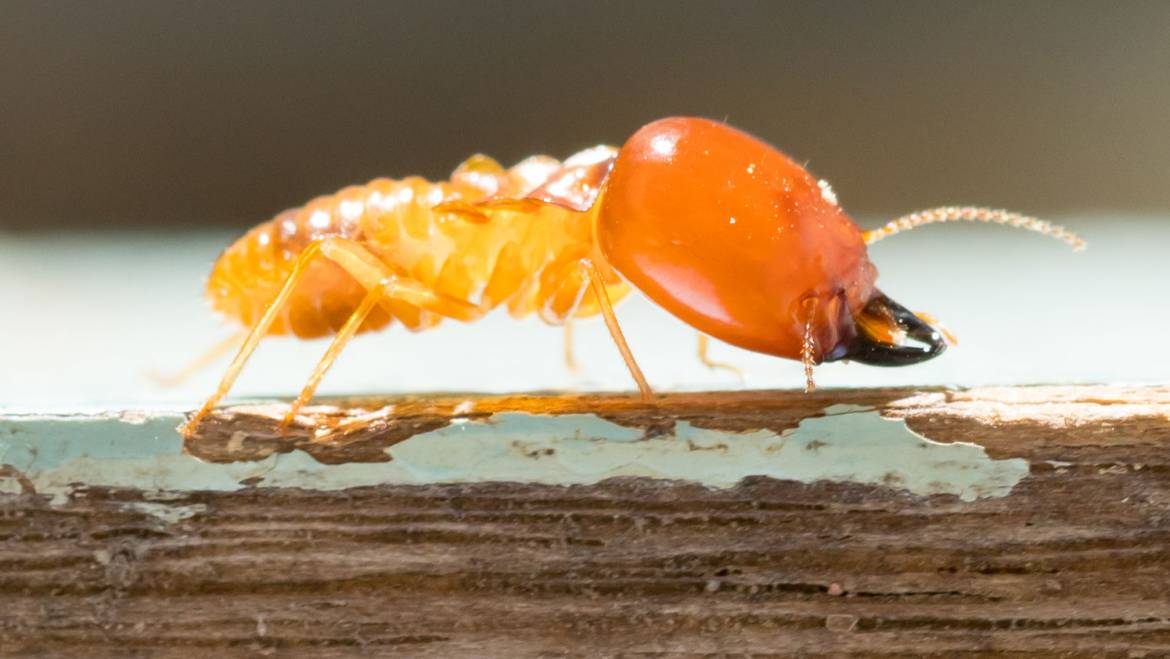Termite Control
Termites are responsible for about $5 billion in property damage each year in the United States, and they can make your home dangerous to dwell in. To make matters worse, most homeowner’s insurance policies do not cover termite damage, so you’ll have to pay for it yourself. With our termite treatments, you can rest assured that Mizza Pest Management will protect both your property and your budget.
If you don’t know what to look for, termite infestation indications might be tough to spot and go unreported. Termites will be able to eat away at the structure of your home, resulting in structural damage. To avoid this, we employ a combination of reactive and proactive termite treatments to eliminate termites completely.
Below are some signs to spot in the event of a termite infestation:
SIGNS OF A TERMITE INFESTATION IN YOUR HOME OR BUSINESS!
It’s not easy to tell if you have a termite problem, but if you do, you need to act quickly. The sooner you catch these pests, the easier it will be to get rid of them and the less harm they will do. Below is our termite infestation guide to make your assessment easy!
- Mud tubes: Mud tubes are brown, cylindrical tubes composed of earth and wood that are commonly found on the exterior of your home.
- Hollow-sound wood: Termites consume wood from the inside out, leaving hollow-sounding chunks that appear to be OK but aren’t.
- Discarded wings: Swarmers lose their wings when they land, and mounds of them can be found around windows and doors.
- Peeling paint: Termites can cause paint to peel and bubble by introducing excess moisture into your home.
- Frass: Termite excrement that resembles sawdust or sand and ranges in color from beige to black.
The first step in preventing pest infestations in your home is to determine if you presently have one. Mizza can evaluate your property for signs of an infestation and determine the sort of pest that is causing the problem. Mizza’s pest control professionals will recommend and implement a treatment plan after the initial examination. After any existing pest infestation in your home has been eradicated, the next step is to take preventative measures to avoid a re-infestation. Inspection, treatment, and prevention are all part of an overall strategy called as Integrated Pest Management (IPM). IPM offers cost-effective, ecologically friendly solutions that eliminate pests at their source while also protecting your property and family.

